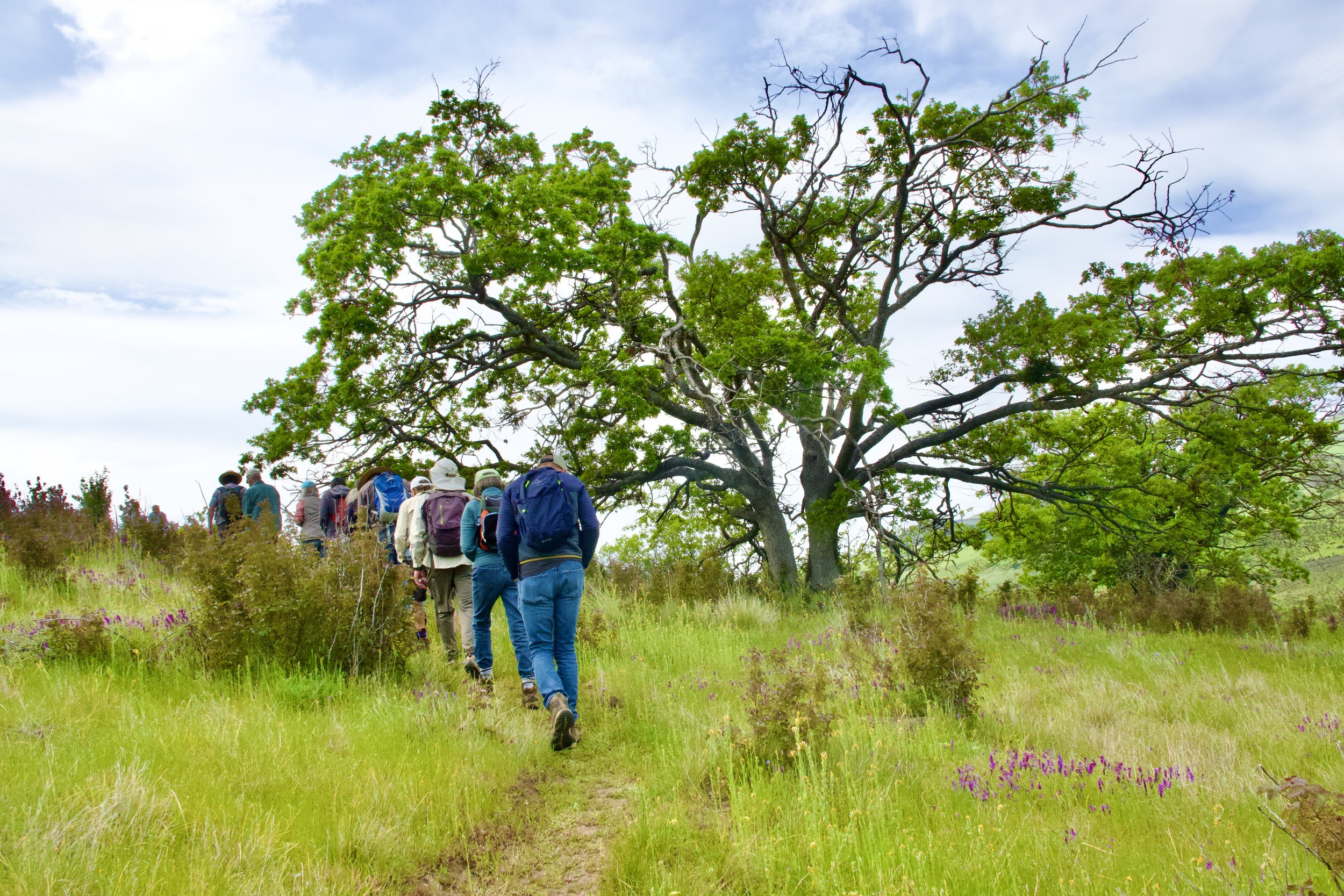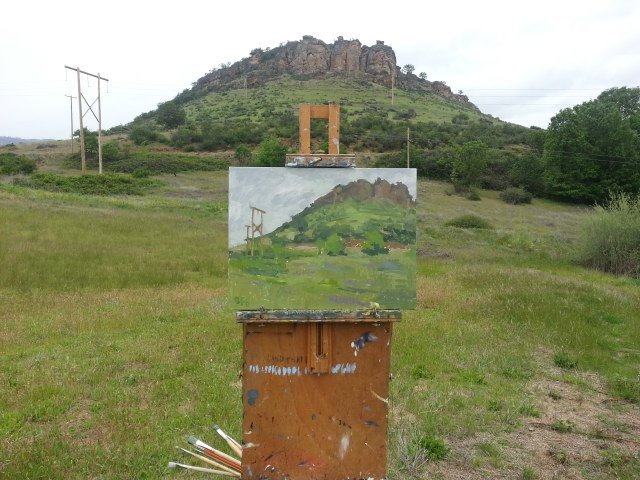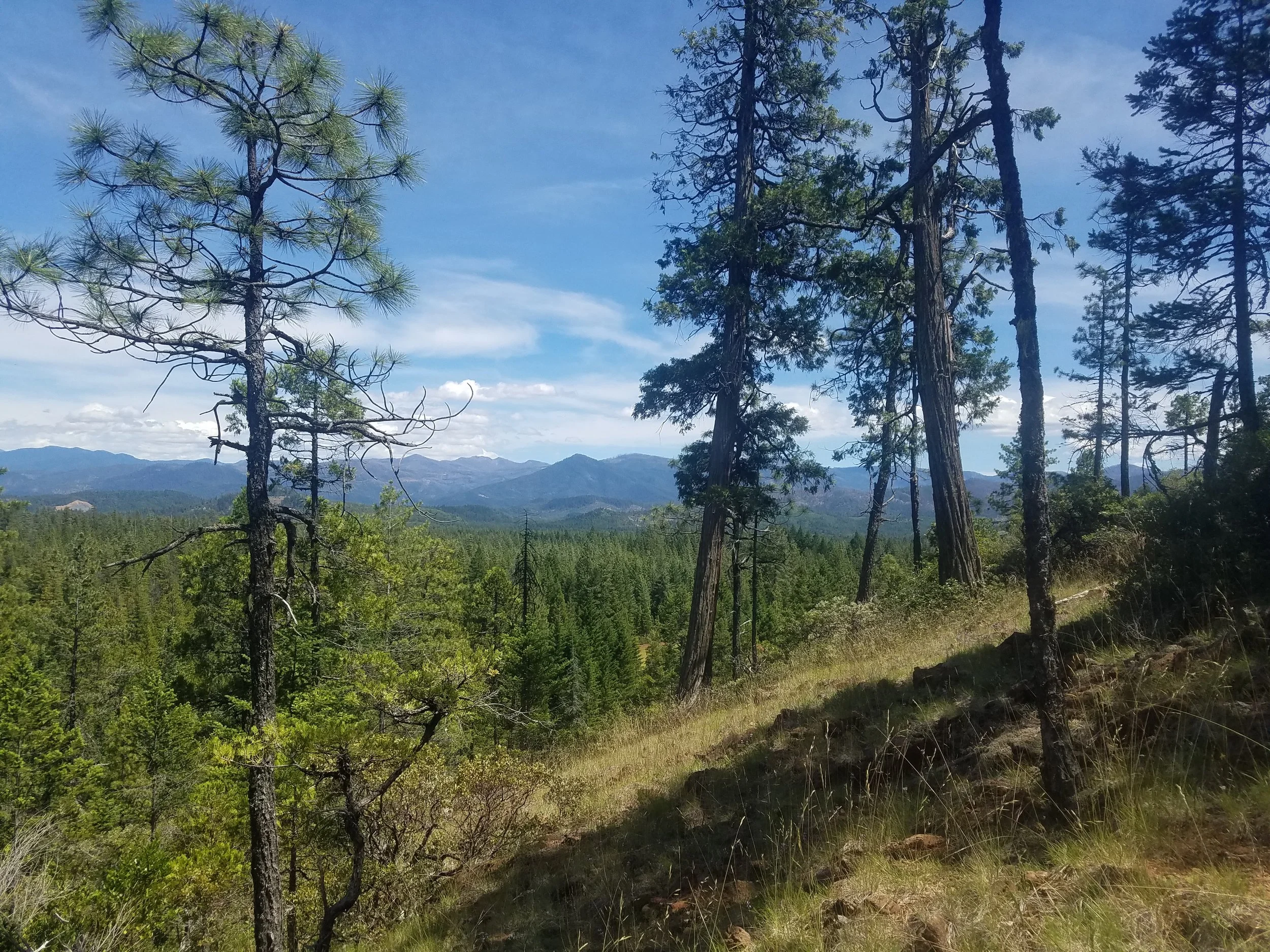One Fence, No Fence, Wildlife Friendly Fence
Choosing the right fence for safe exclusion or passage of wildlife
Kristi shows part of a fence she and volunteers removed from the Rogue River Preserve.
Photo by Frank Lospalluto.
The word “fence” originated in Old English from “defens,” meaning defense. The first fences were built to defend communities from warfare and were intrinsically tied to the spread of agriculture. Fences were strongly associated with the emerging concept of private property. Today fences keep open range cattle out of wet meadows or enclose grazing animals in pastures. They keep deer out of vegetable gardens and safely keep our beloved pets in the yard. Fences serve as property boundaries and deter trespassing and poaching. They can be beautiful or pragmatic structures.
Fences are extremely useful, but they also harm wildlife. One study in Montana found that for every five miles of fencing, two deer or elk were killed each year. Most animals die by getting tangled in the upper two wires and young animals are four times more likely to die than adults. Mortality is highest after fawns are weaned. Pregnant and winter-stressed wildlife are also very susceptible to death-by-fence.
Most animal fatalities occur when fencing is taller than 40 inches, with the most lethal combination being woven wire (farm fence) topped with barbed wire. Waterfowl migrating along waterways and owls and hawks hunting in open areas can also collide with fencing.
So what can a responsible landowner do? Fortunately, many of the solutions are fairly inexpensive and may reduce the labor and expense of repairing fences that are regularly damaged by wildlife.
Here's an easy solution:
Photo courtsey of ranchoregon.com/environmental/
If you don’t really need a fence, don’t build it. If you have old fencing no longer in use, remove it when time and resources allow. Loose barbed wire can be especially lethal to wildlife and pets so consider either tightening the wire or recycling it.
The perfect wildlife-friendly fence for cattle is highly visible and allows animals to jump over or crawl under without injury. The top rail or strand should be less than 40 inches tall and even shorter across steep slopes. The top two wires should be more than 12 inches apart and the bottom at least 18 inches above the ground. Ideally the top and bottom wire are smooth, not barbed.
Fences can be made more visible by installing a top rail or PVC pipe on the top wire and adding flagging or fencing markers.
If you need to keep deer and elk out of your garden, build a fence at least 7 to 8 feet tall and make the top visible with flagging or markers. Other solutions may be seasonal electric fencing, low post rail or zigzagging worm fences, hedgerows, and boundary markers. When maintaining wire fences, barbed strands can be replaced with smooth wire.











